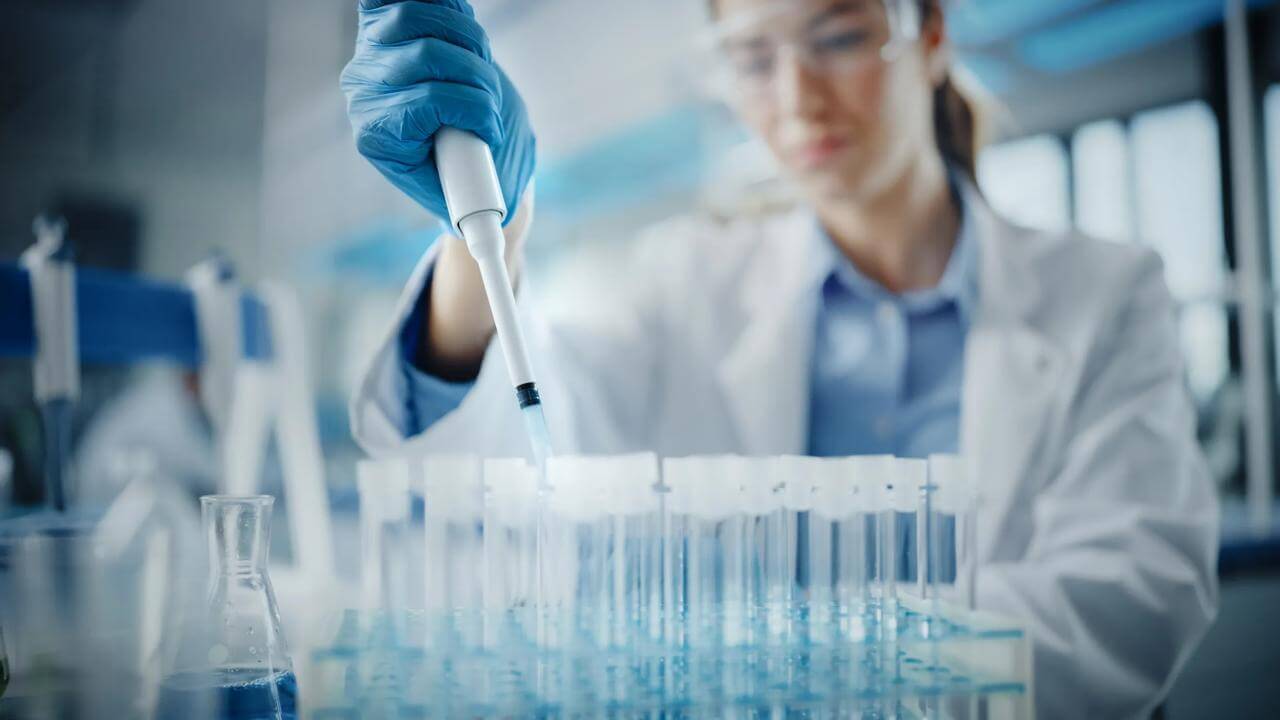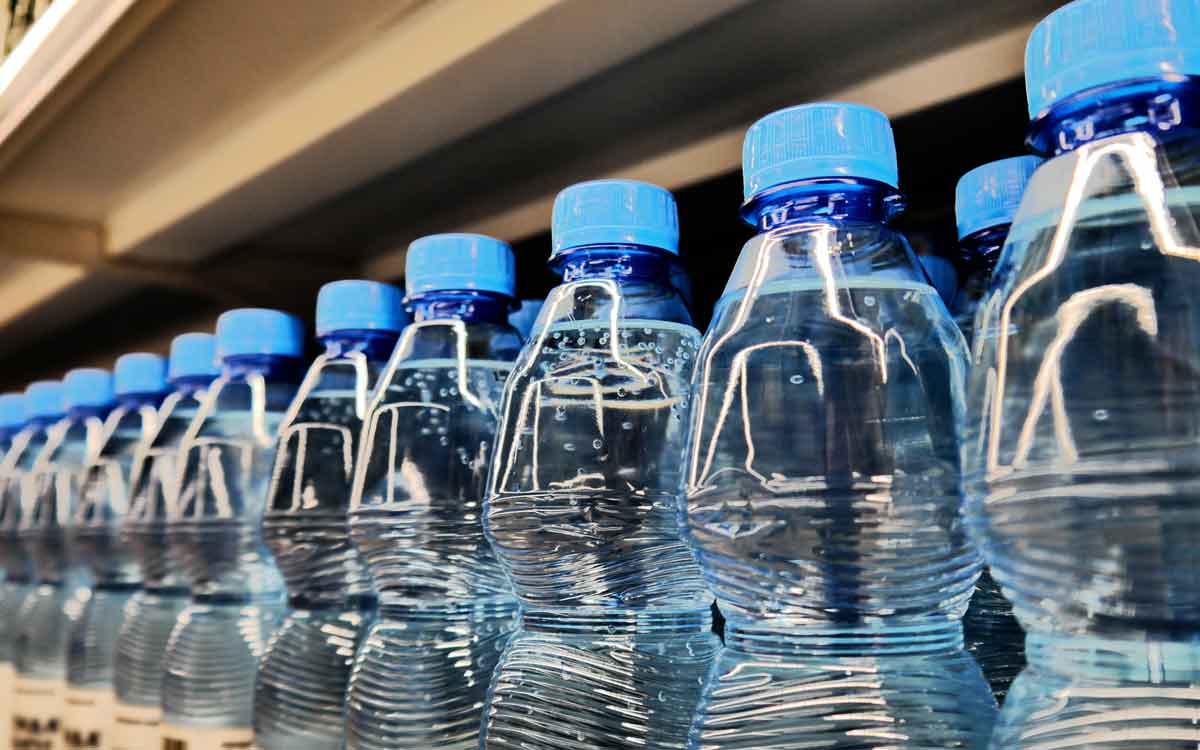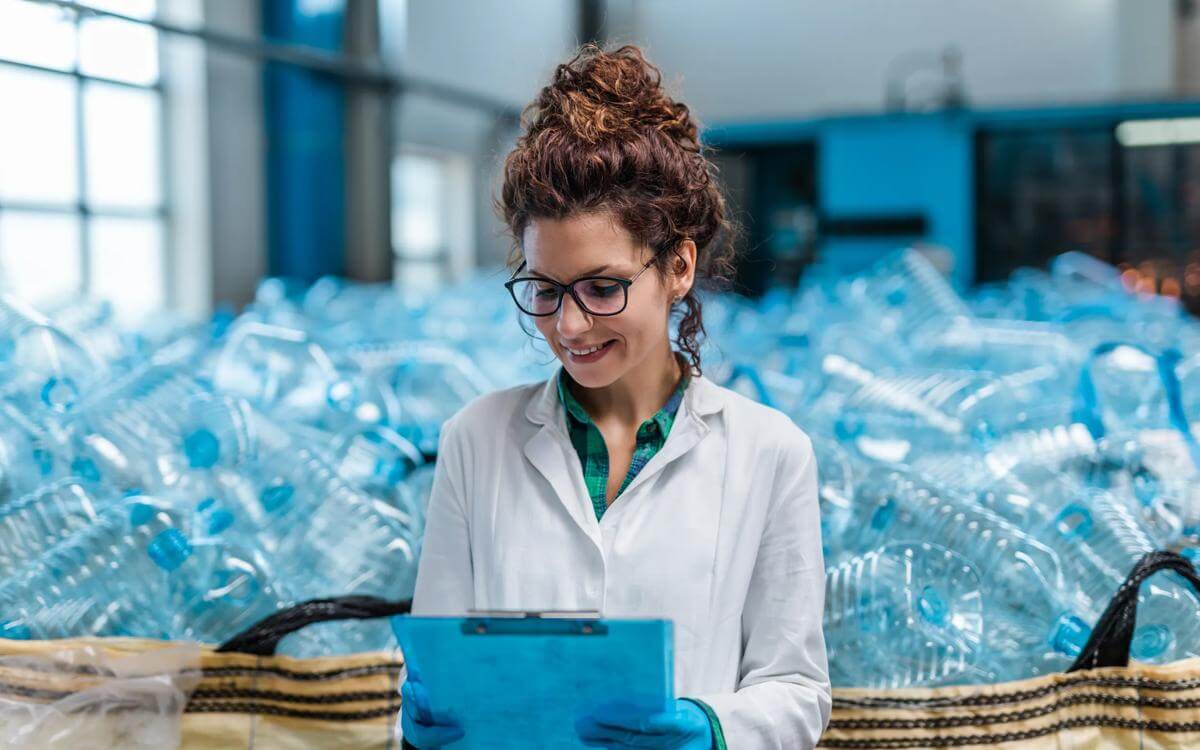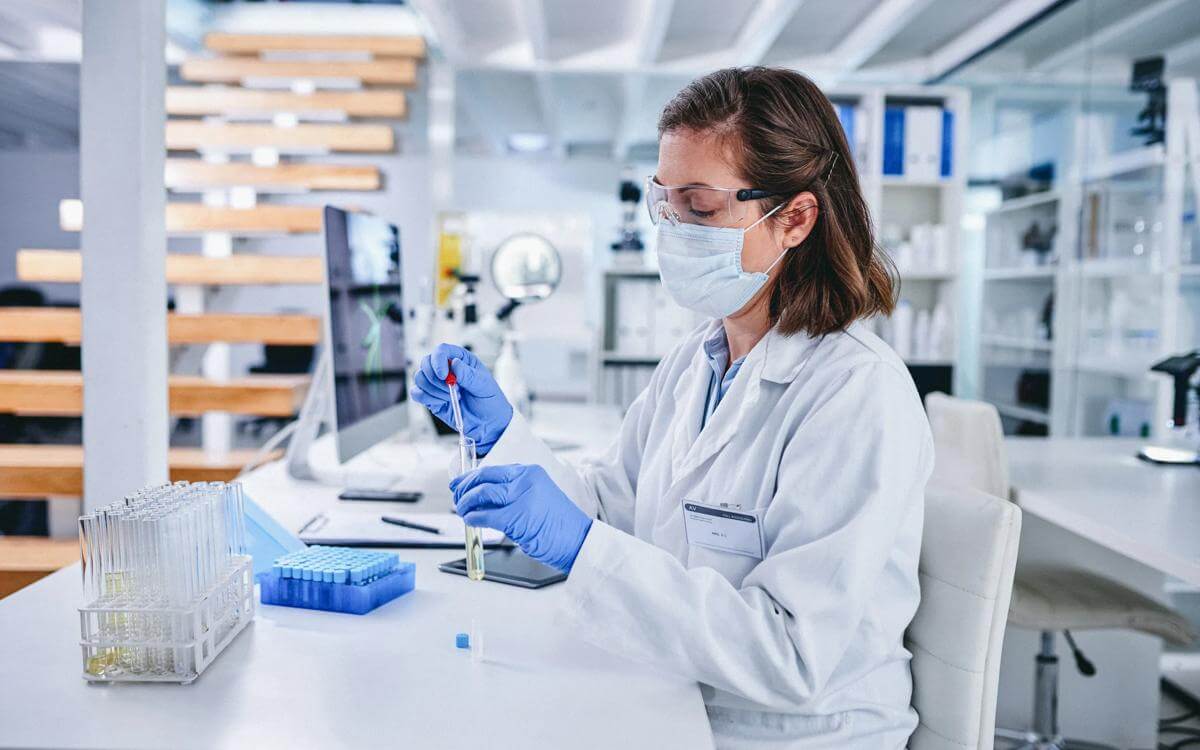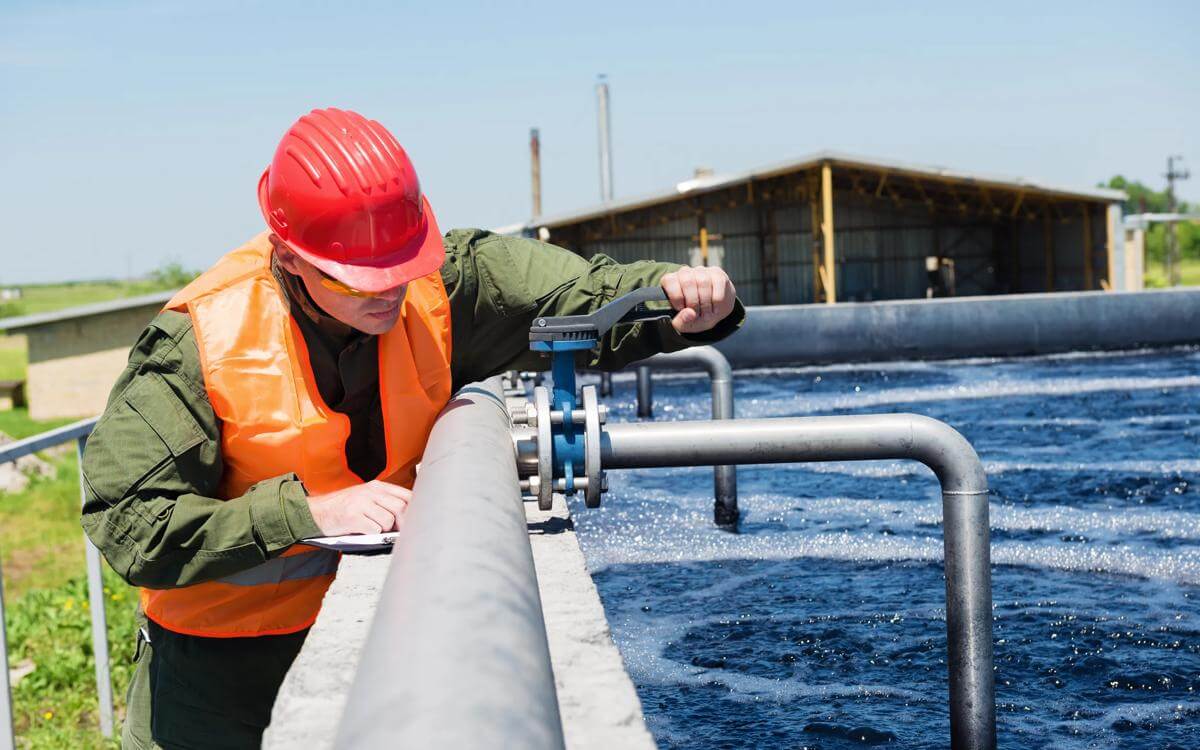Researchers aiming to move towards a plastic-free future have highlighted that the buildup and inadequate handling of plastic fibres and particles are causing severe problems for human health and environmental sustainability.
They warn that the extent of this threat has likely been significantly underestimated.
Coastal contamination far exceeds previous estimates
Scientists have reported significantly higher concentrations of microplastics around Britain's coastline than previously recorded, with some areas showing contamination levels almost 100 times worse than data published six years ago.
The findings, combined with emerging evidence of serious health impacts, suggest the threat posed by plastic pollution may have been substantially underestimated. Scientists say the main reason for the significant difference between now and then is the smaller sizes of particles that were captured in special steel filters, with nearly all of the microplastics collected being smaller than 0.3 mm.
The Thames Estuary showed up to four times more microplastics than collected in October 2017.
Microplastics found throughout the human body
Microplastics have been found in bodily fluids from saliva and blood to sputum and breast milk, along with organs including the liver, kidneys, spleen, brain and even the insides of our bones.
In February 2025, scientists identified microplastics in the brains of human cadavers, with those who had been diagnosed with dementia prior to their death having up to 10 times as much plastic in their brains compared to those without the condition.
Widespread exposure through drinking water
A UK tap and bottled water study of 177 tap water samples from 13 cities and 85 samples of bottled water from 17 popular brands found microplastics were detected in all tap water samples and bottled water samples. Infants and toddlers were exposed to microplastics at a higher level than adults, raising concern given the former's incompletely developed immune and nervous systems, rendering them at higher risk of adverse health effects from such exposure.
The research showed that the type of plastic used in bottle caps is closely linked to the most common type of tiny plastic particles found in bottled water. This suggests that the materials used for packaging play a big role in polluting the water with plastics.
Nanoplastics enter food chain through crops
Recent research has shown that very small plastic particles, known as nanoplastics, can be absorbed by vegetables during their growth. These particles can move from the roots up to the parts of the plant we eat.
The study, conducted by the University of Plymouth, used a technique that involved growing radishes in a solution containing tiny plastic particles. They found that a significant amount of these plastics could penetrate the roots and accumulate in the edible parts of the plant. This raises concerns that these plastics could enter the food chain and be consumed by humans and animals.
Industry resistance to chemical safety testing
An international study led by the University of Portsmouth has highlighted a reluctance among industry scientists to conduct tests on chemicals for their effects on human and wildlife behaviour, despite evidence linking pollutants to neurological disorders.
The survey involved 166 scientists from 27 countries in the fields of environmental toxicology and behavioural ecology. It found that while many experts acknowledge the impact of contaminants on wildlife and human behaviour, industry scientists are more sceptical about the reliability and necessity of behavioural testing compared to their academic and government counterparts.
This scepticism raises concerns about conflicts of interest in chemical safety assessments. The study also touches on historical and modern concerns about the effects of chemical exposure on behaviour and health, including links to dementia and other neurological disorders.
Professor Alex Ford, who led the study, expressed concerns about the industry's apprehension towards behavioural testing, suggesting that protecting health should take precedence over profit.
Regulatory gaps persist
A recent policy brief from the University of Portsmouth's Global Plastics Policy Centre has highlighted the UK's lack of a comprehensive strategy to tackle microplastics, despite increasing global evidence of their harmful effects on the environment and human health.
The brief, delivered to MPs in May 2025, warns that the UK is at risk of lagging behind other global leaders like the EU, which have already implemented enforceable targets and limits on microplastics. Currently, the UK's only specific legislation on microplastics is the 2017 ban on microbeads in rinse-off cosmetics, which targets less than 5% of the environmental microplastics in the country.
What this means for insurers
The emerging evidence on microplastic contamination presents a complex risk landscape for insurers across various sectors.
For health and life insurers, the implications are significant. Microplastics have been detected in critical organs and are linked to a higher risk of severe health issues such as stroke, heart attack, and dementia. Moreover, the higher exposure levels in infants and toddlers compared to adults highlight potential long-term health risks.
Product liability is a major concern, especially with the strong correlation between plastic packaging materials and microplastic contamination in bottled water, and the evidence that nanoplastics can breach natural plant barriers. Food producers, agricultural companies, packaging manufacturers, and retailers may face litigation as the understanding of health impacts develops.
Environmental and professional indemnity insurers need to consider the widespread environmental impact of microplastics, which are found from the deepest parts of the oceans to Mount Everest. This widespread presence of microplastics leads to potential legal risks for companies in many industries as government rules become stricter.
The potential hindrance of plant photosynthesis by microplastics, which could increase the risk of starvation for millions, has profound implications for agricultural insurance, political risk coverage, and business interruption policies.
Insurers should note the scepticism among industry scientists regarding the reliability of behavioural testing, which raises questions about conflicts of interest in chemical safety assessment. Companies failing to investigate or disclose potential health, and environmental impacts may face litigation and reputational damage.
Liability insurers should be aware of the gap between UK regulatory action and international standards. The UK's limited legislation on microplastics contrasts with more stringent measures in the EU, potentially creating exposure for UK companies as standards tighten globally.
Insurers are advised to review their policy wordings in relation to emerging risks and consider a precautionary approach to underwriting, given the widespread presence of microplastic contamination and the mounting evidence of potential health impacts. Establishing processes for monitoring emerging research and engaging with scientific experts will support informed underwriting decisions and appropriate policy terms.
Contents
- Insurance Insights: The Word, October 2025
- Resurfacing risks: The re-emergence of non-compliant child car seats
- AI adoption without safeguards: A growing risk for insurers
- Physical property damage from cyber incidents: Implications for insurers
- Insurance Act 2015 and American Hull Clauses: Lessons from Delos Shipholding v Allianz
- Mazur v Charles Russell Speechlys: Implications for solicitors' professional indemnity insurers
- The meaning of "property damage": Lessons from Insurance Australia v Capral
- When does time start running? The limitation quirk in insurance coverage claims
- “New low” for ransomware cybercriminals an opportunity for cyber insurers?
Contact

Kathryn Balogun
Trainee Solicitor
kathryn.balogun@brownejacobson.com
+44 (0)330 045 2763

Tim Johnson
Partner
tim.johnson@brownejacobson.com
+44 (0)115 976 6557







